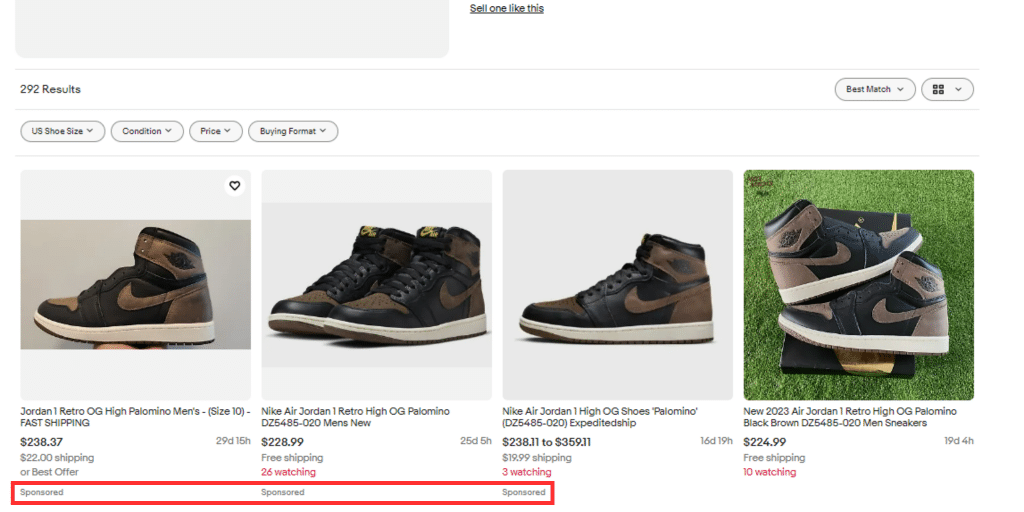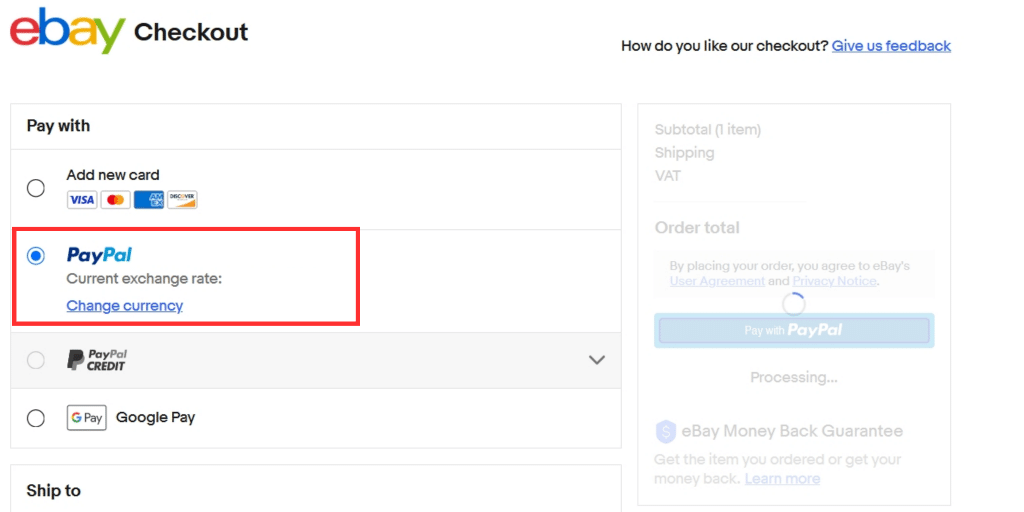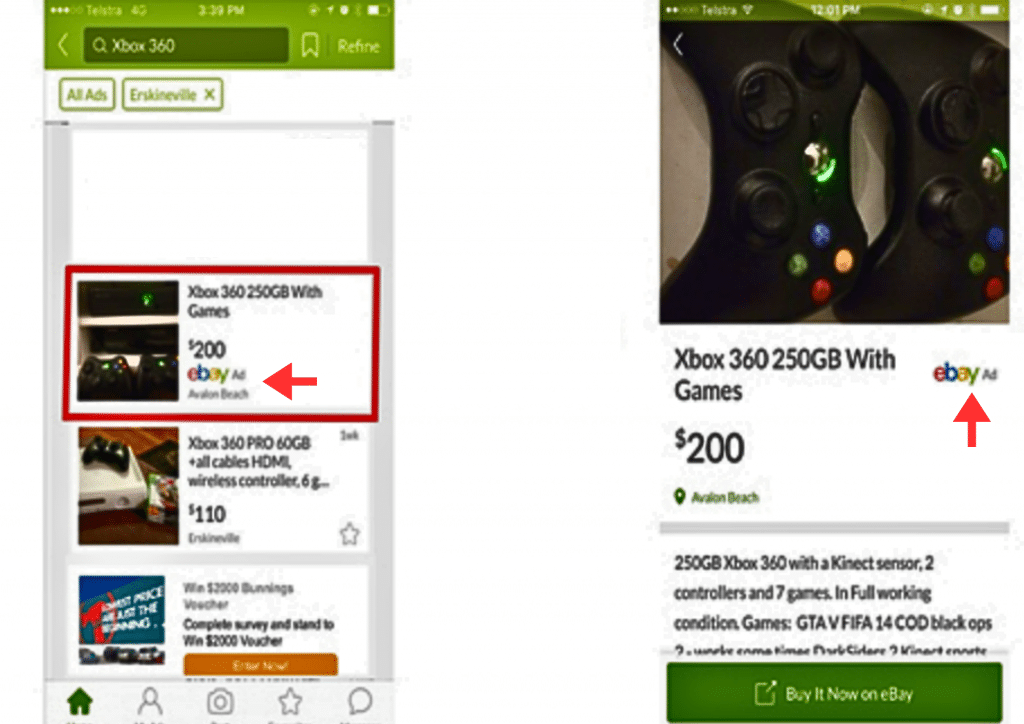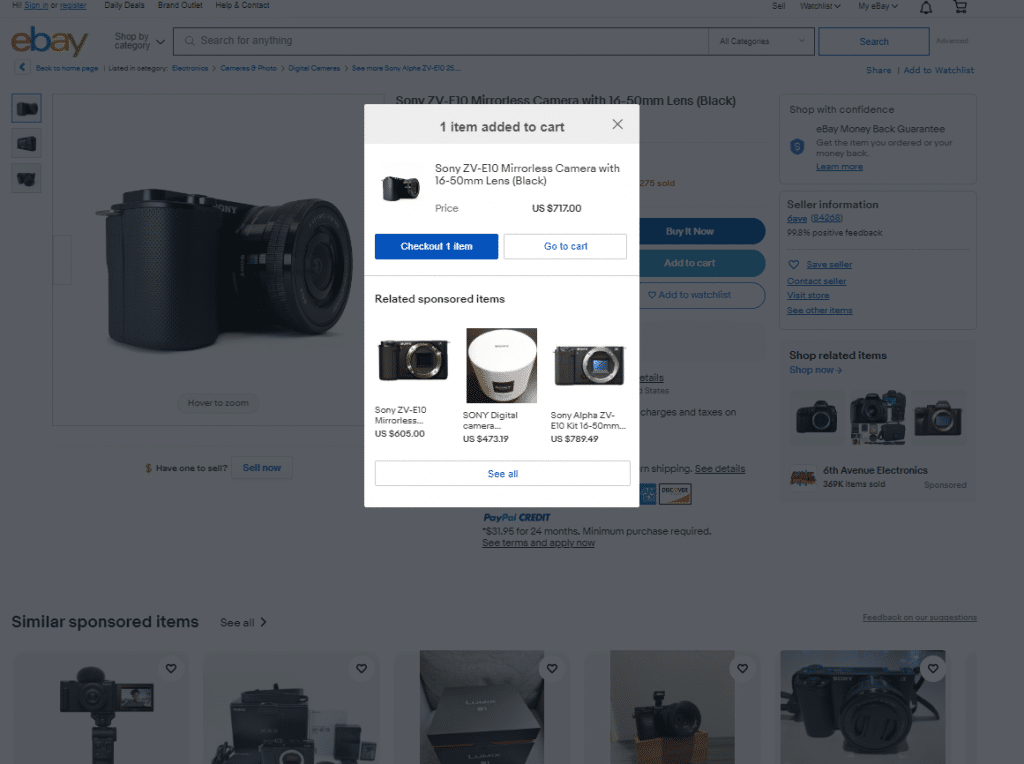How eBay Makes Money: 11 Secrets to eBay’s Revenue Streams Revealed
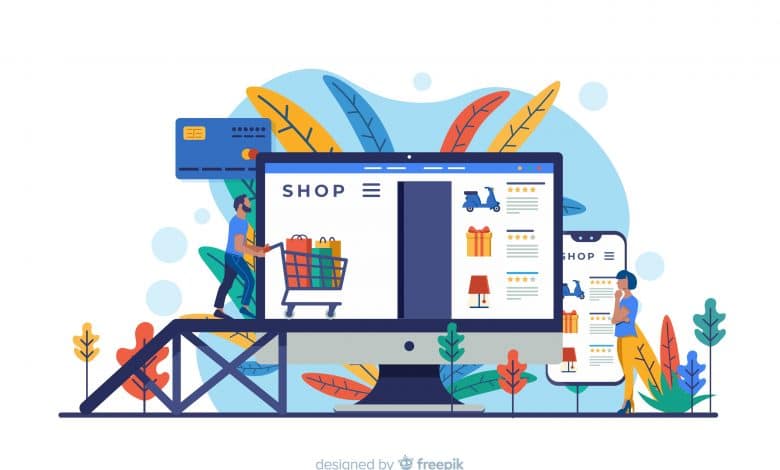
eBay is a global e-commerce giant that has been a household name for decades. From vintage collectibles to brand-new gadgets, eBay hosts assorted items for buyers and sellers worldwide.
As of 2023, eBay's net worth has soared to $23.59 billion. Have you ever wondered how eBay makes money and rakes in such revenue? That's what we'll uncover in this article by listing each revenue model contributing to its financial prosperity.
1. Listing Fees
Listing fees are one of eBay's primary sources of income. Sellers pay a fee to list their items on eBay's platform, which ensures that eBay continues to offer a robust marketplace with a wide variety of products.
The fees vary, depending on several factors, including the listing format, duration, and the number of items listed. But here's a general overview of how it works.
- Fixed Price Listings: Typically, eBay offers sellers free fixed-price listings each month. These free listings often have a 30-day duration. If sellers exceed their free allotment or choose other listing options, it incurs a fee.
- Auction-style Listings: eBay allows sellers to create auction-style listings. It means the seller can set a starting price and a duration for the auction. If the item sells, the seller pays a final value fee based on the final sale price.
- Optional Listing Upgrades: eBay offers optional listing upgrades for a fee, such as adding extra photos, scheduling sellers' listings to start at a specific time, or using the Buy It Now feature. The cost of these upgrades varies.
- eBay Store Subscribers: Sellers with an eBay Store subscription may receive additional free fixed-price listings monthly.
2. Referral Fees or Final Value Fees
eBay also generates revenue through referral fees. eBay earns when a user clicks on an eBay listing and is directed to another website to complete a purchase.
The amount eBay makes per successful referral will mainly depend on the agreements between eBay and the affiliate partner or website that receives the referral. Usually, they're calculated as a percentage of the total transaction value on the external website or as a fixed fee per referral.
This strategy encourages sellers to provide enticing listings, benefiting eBay and its sellers.
3. Promoted Listings
Promoted listings offer sellers a chance to increase the visibility of their products by paying a fee. These items are highlighted in search results, attracting more potential buyers.
eBay's promoted listings work on a pay-per-sale model, which means sellers only pay a fee when their promoted item sells. This fee is a percentage of the final sale price of the item. The specific fraction typically ranges from 5% to 10% of the final sale price.
However, it's worth noting that the cost of promoted listings can vary for each seller and each item. eBay provides a tool within the promoted listings feature that allows sellers to see recommended ad rates based on the category and competition. They can choose to follow this recommendation or set their bid amount.
4. Ad Revenue
As you can see, eBay's website also hosts advertisements from various brands and businesses. These ads generate revenue for eBay through pay-per-click or pay-per-impression models.
- Pay-per-click – Advertisers pay eBay each time a user clicks on their ad. It's a performance-based pricing model where advertisers only pay when a user takes a specific action, which is clicking on the ad and potentially visiting the advertiser's website or landing page.
- Pay-per-impression – Advertisers pay eBay based on the number of ad impressions (views) their ads receive. An ad impression counts for each time it is displayed to a user, regardless of whether or not the user interacts with it.
By capitalizing on its massive user base, eBay offers advertisers a platform to reach a diverse audience, furthering its income.
5. Subscription Fees
Subscription fees are another way for eBay to make money. eBay offers multiple premium services to sellers, such as Starter Store, Basic Store, Premium Store subscriptions, and more.
In return, these subscriptions provide sellers with advanced tools, customization options, and promotional features. The monthly fees sellers pay for these services contribute to eBay's consistent revenue stream.
6. Third-Party Payment Processing Fees
Another effective payment model eBay has is secure payment transactions through its platform, safeguarding buyers and sellers. To cover this cost, eBay earns revenue through payment processing fees.
eBay's payment processing fees, which are charged to sellers when they receive payments for items sold on the platform, can vary. However, eBay's third-party payment processing fees in the United States involve PayPal primarily.
Historically, eBay primarily used PayPal as its payment processing service until they developed in-house managed payment, but more on that later. PayPal fees were typically around 2.9% of the transaction amount, plus a fixed fee of about $0.30 per transaction.
7. Cross-Border Trade Fees
As eBay connects buyers and sellers worldwide, it charges fees for cross-border transactions. These fees account for the complexity of international sales, including currency conversion and international shipping. Here's how it works:
- International Shipping: Sellers shipping items internationally may pay additional shipping costs, including postage, customs fees, and import duties. These costs vary by country and are typically the responsibility of the buyer.
- eBay's Global Shipping Program: eBay offers a program called the Global Shipping Program (GSP) to simplify international shipping for sellers. Under GSP, sellers ship the item to a domestic shipping center in their country, and eBay handles the international shipping to the buyer. The buyer pays the international shipping fees, which are calculated based on the item's weight and destination.
- eBay's Currency Conversion: eBay may also offer currency conversion services for international transactions. This service allows buyers to see prices and make payments in their local currency while sellers receive payments in their chosen currency. eBay may charge a currency conversion fee for this service.
- Import and Export Restrictions: Sellers should be aware of import and export restrictions and regulations for specific countries. For instance, eBay Canada prohibits selling alcoholic beverages, bear traps, expired coupons, and more. Some items may be prohibited or require special documentation for international shipping.
- Import Taxes and Duties: Buyers in some countries may be subject to import taxes and duties when they receive items purchased internationally. These fees are typically the buyer's responsibility and can vary significantly by country.
- eBay's Fee Structure: eBay's fees for Cross-Border Trade can also vary depending on the specifics of the transaction, such as the item's category, selling format (e.g., auction or fixed-price), and the seller's eBay Store subscription level. eBay provides fee calculators and resources to help sellers determine the exact fees for their international listings.
8. Classified Advertising
eBay also generates revenue through classified advertising. Its classified platforms, such as Gumtree, Kijiji, and others, offer businesses a platform to advertise products and services. Advertisers pay fees for showcasing their offerings to a vast audience.
9. eBay Managed Payments
Managed Payments is eBay's in-house payment processing system. By handling transactions directly, eBay reduces reliance on third-party payment processors and earns revenue through payment processing fees.
The specific fees can vary based on the seller's location, the currency used in the transaction, and the eBay store subscription level.
Here are the eBay Managed Payments transaction fees in the United States:
- Percentage-Based Fee: This fee is usually a percentage of the total transaction amount, including the item price, shipping, and any applicable taxes. This fee typically ranges from around 2.35% to 2.7% and may depend on the seller's subscription level.
- Per-Transaction Fee: In addition to the percentage-based fee, sellers may also incur a per-transaction fee, typically around $0.25 per transaction.
10. Cross-Promotion
Cross-promotion is designed to enhance the shopping experience for buyers and increase sales for sellers while generating additional revenue for eBay.
eBay earns revenue from cross-promotion by suggesting related or complementary items to buyers while viewing a specific product listing. When a buyer clicks on one of these suggested items and makes an additional purchase, eBay earns a commission on the sale of that additional item.
The exact amount eBay earns from cross-promotion isn't set in stone. It depends on the number of suggested items, the relevance of the suggestions, and the willingness of buyers to make additional purchases.
11. Shipping Labels
eBay offers sellers the option to purchase shipping labels directly through its platform. eBay typically has competitive rates for shipping labels to its sellers, often in partnership with major shipping carriers like USPS, FedEx, and UPS.
Sellers can purchase these shipping labels directly through eBay's platform, which can be convenient and cost-effective.
Conclusion on How eBay Makes Money
The answer to how eBay makes money lies in its revenue diversification strategy. By capitalizing on various income streams, from listing fees to Managed Payments, eBay maintains its position as one of the world's leading online marketplaces.
As a hub for buyers and sellers, eBay continues to innovate and expand, ensuring a bright financial future while providing opportunities for entrepreneurs and shoppers alike.
